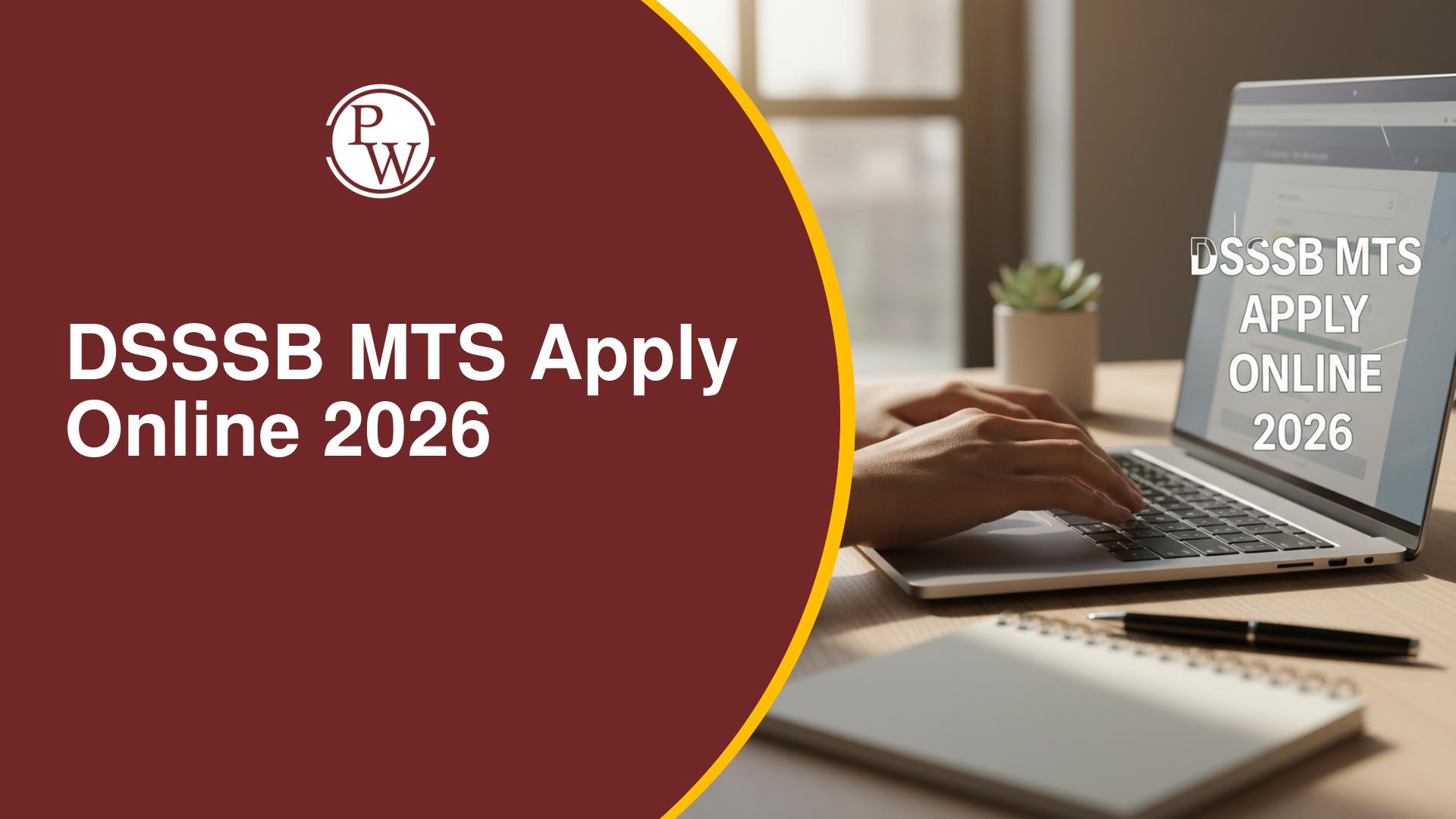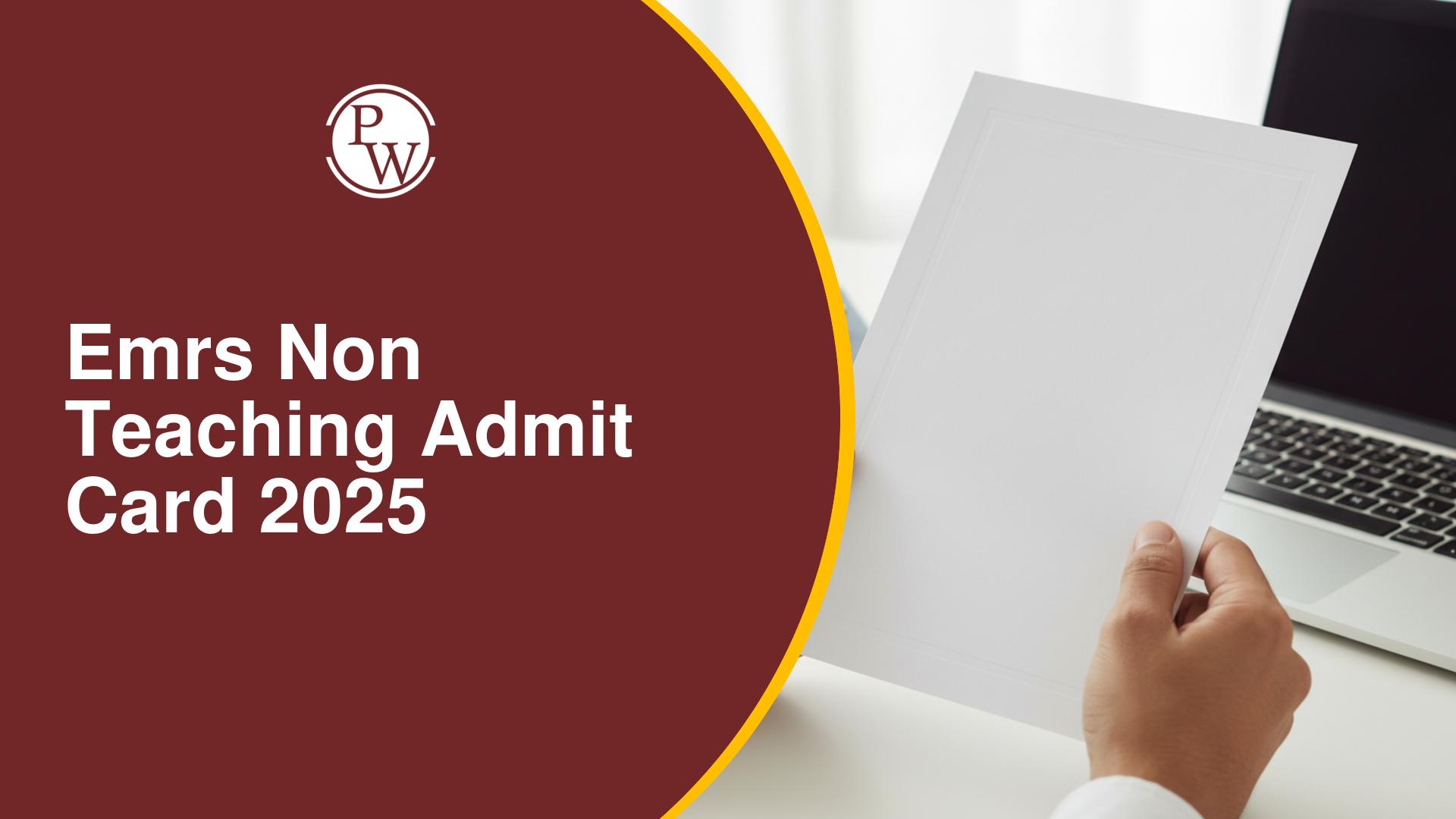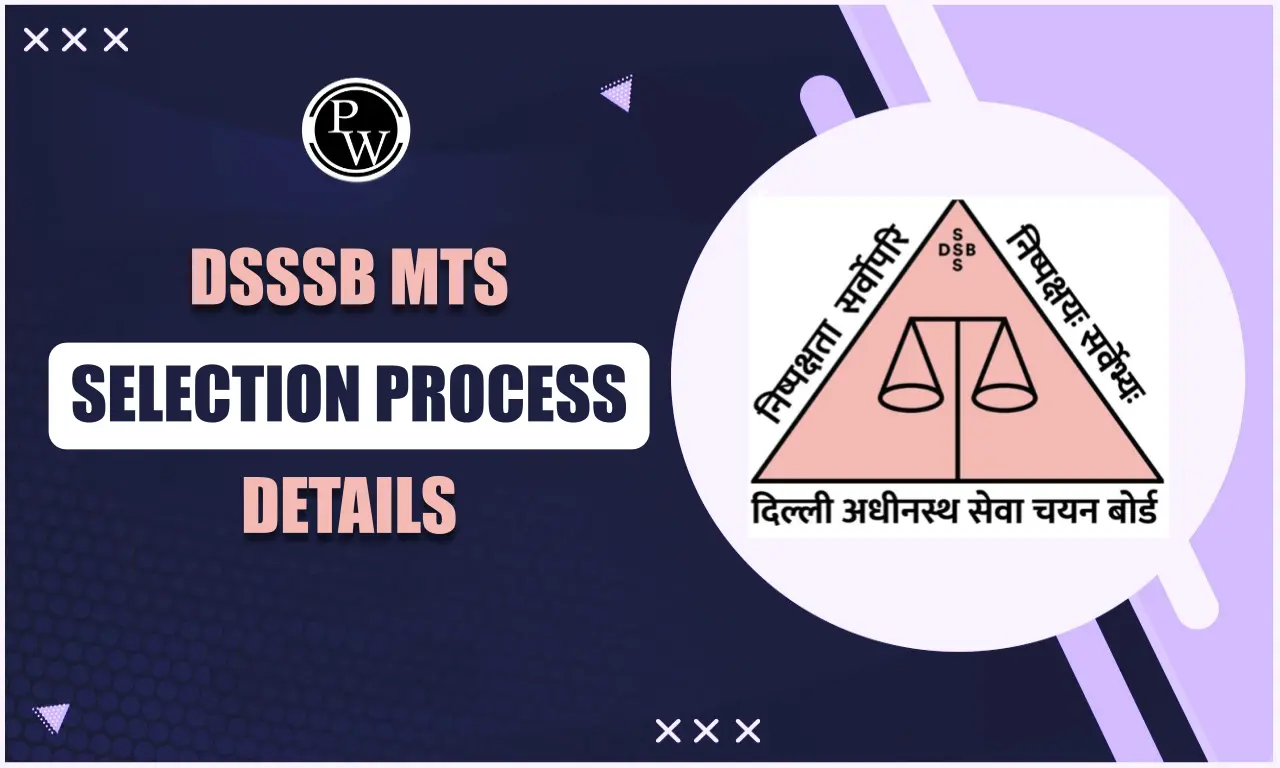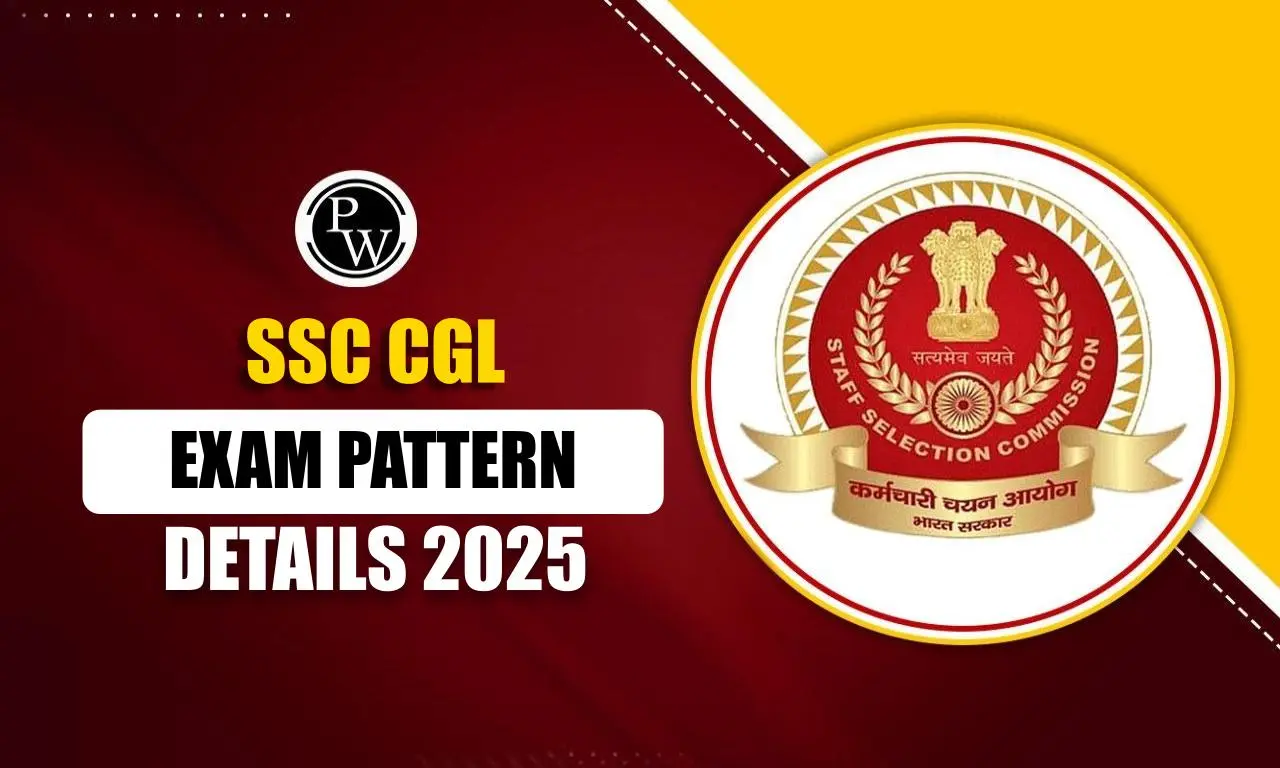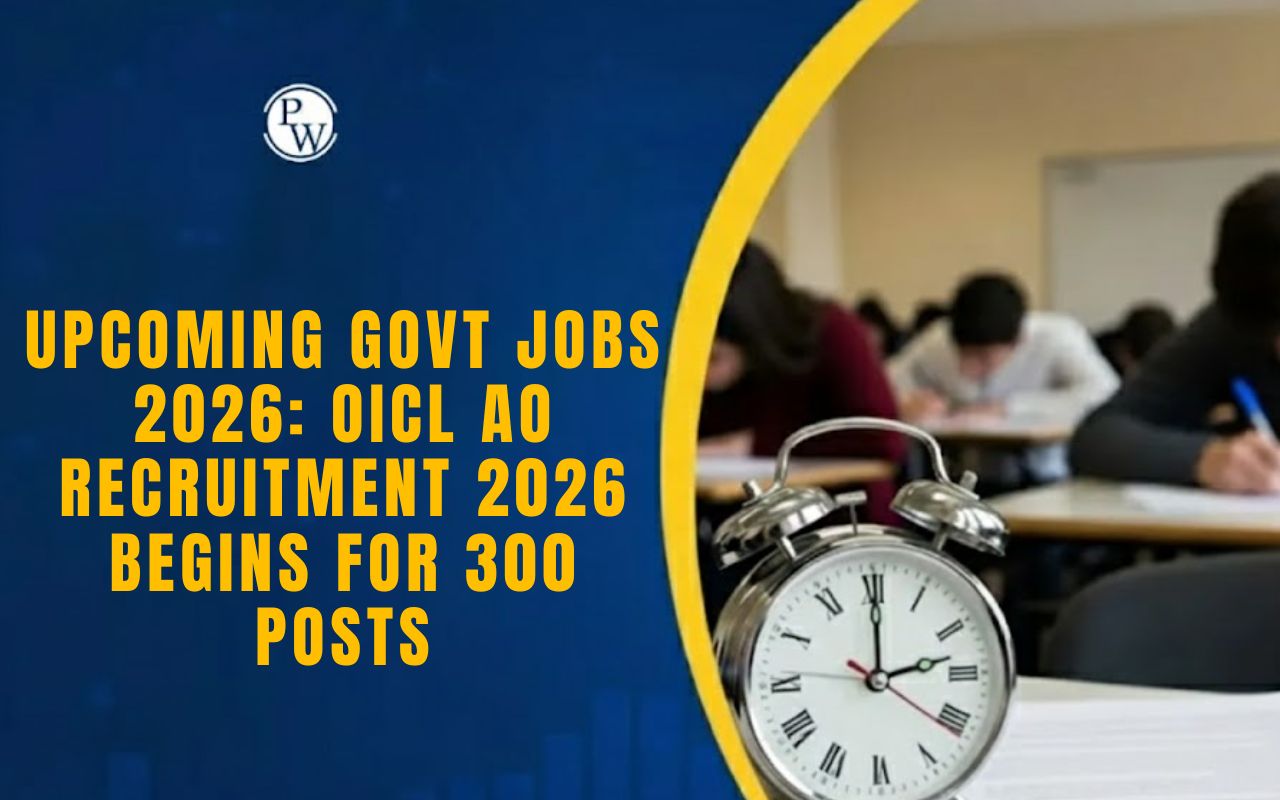
RBI Governors: The Reserve Bank of India (RBI) is like the money boss of India, it makes the rules for how we use money. RBI started on April 1, 1935, and the government took control of it on January 1, 1949. At first, it was a private bank. RBI's main office is now in Mumbai, but it used to be in Kolkata. The person in charge of RBI is called the governor. Over the years, there have been 25 different RBI Governors. The first one was Osborne Smith in 1935 , and the current one is Shaktikanta Das .
RBI Governors
The RBI Governors, appointed by the Government of India, is the top leader of the central bank. This role involves a wide range of duties, such as keeping prices stable, managing inflation, providing economic growth, overseeing financial institutions, and representing the RBI in national and international forums. Throughout its history, the position of RBI Governors has been held by many notable individuals, each leaving their distinct mark on the Indian economy and financial aspects. The Governor of the Reserve Bank of India serves as the CEO of India's central bank and is also the automatic head of its Central Board of Directors. The Indian Rupee currency notes, issued by the Reserve Bank of India, carry the Governor's signature. Since the RBI's establishment in 1935 by the Government of India, it has been led by twenty-five RBI Governors, with Sir Osborn Smith being the first to hold this prestigious position.History of RBI Governors
In the year 1926, the Hilton Young Commission proposed the idea of Reserve Bank of India. On April 1, 1935, the Reserve Bank of India officially came into existence, following the guidelines of the Reserve Bank of India Act of 1934. At first, the main office of the RBI was established in Kolkata. However, in 1937, it was permanently moved to Mumbai. The Central Office is where the Governor of the RBI works and where important policies are developed. During the time when India was under British rule, the RBI was in private ownership. However, after India gained independence, in 1949, the Reserve Bank became fully owned by the Government of India.RBI Governors List
The Reserve Bank of India (RBI) is India's central bank. Its main purpose, as stated in its preamble, is to control the creation of paper currency and maintain reserves in order to ensure financial stability in India. Additionally, the RBI manages the country's money and credit systems for its benefit. It has a monetary policy structure to adapt to the complexities of a growing economy while aiming to keep prices stable and support economic growth. Below mentioned in the table is the RBI Governors Lists for your understanding.|
RBI Governors List |
||
| Sno. | RBI Governors Names | Time Period 1935-2022 |
| 1 | Sir Osborne Smith | April 1, 1935 – June 30, 1937 |
| 2 | Sir James Braid Taylor | July 1, 1937 – February 17, 1943 |
| 3 | Sir C.D. Deshmukh | August 11, 1943 – June 30, 1949 |
| 4 | Sir Bengal Rama Rau | July 1, 1949 – January 14, 1957 |
| 5 | K.G. Ambegaonkar | January 14, 1957 – February 28, 1957 |
| 6 | H.V.R Lyengar | March 1, 1957 – February 28, 1962 |
| 7 | P.C Bhattacharya | March 1, 1962 – June 30, 1967 |
| 8 | L.K. Jha | July 1, 1967 – May 3, 1970 |
| 9 | B.N. Adarkar | May 4, 1970 – June 15, 1970 |
| 10 | S. Jagannathan | June 16, 1970 – May 19, 1975 |
| 11 | N.C. Sen Gupta | May 19, 1975 – August 19, 1975 |
| 12 | K.R. Puri | August 20, 1975 – May 2, 1977 |
| 13 | M. Narasimham | May 3, 1977 – November 30, 1977 |
| 14 | I.G. Patel | December 1, 1977 – September 15, 1982 |
| 15 | Manmohan Singh | September 16, 1982 – January 14, 1985 |
| 16 | Amitav Gosh | January 15, 1985 – September 4, 1985 |
| 17 | R.N. Malhotra | February 4, 1985 – December 22, 1990 |
| 18 | S. Vpnldraramanan | December 22, 1990 – December 21, 1992 |
| 29 | C. Rangarajan | December 22, 1992 – November 21, 1997 |
| 20 | Bimal Jalan | November 22, 1997 – September 6, 2003 |
| 21 | Y.V. Reddy | September 6, 2003 – September 5, 2008 |
| 22 | D. Subbarao | September 5, 2008 – September 4, 2013 |
| 23 | Raghuram G. Raj an | September 4, 2013 – September 4, 2016 |
| 24 | Urjit Ravindra Patel | September 4, 2016 – December 10,2018 |
| 25 | Shaktikanta Das | December 12, 2018 – to date |
First RBI Governor of India
Sir Osborne Smith became the very first Governor of the Reserve Bank of India. He had a lot of experience in banking and spent two decades working at the Bank of New South Wales and another decade with the Commonwealth Bank of Australia. When he came back to India, he took on the role of Managing Governor at the Imperial Bank of India and made quite a name for himself there.Current RBI Governor of India
Shaktikanta Das , born on February 26, 1957, is a retired officer from the 1980 batch of the Indian Administrative Service (IAS) in the Tamil Nadu cadre. Currently, he holds the esteemed position of the 25th RBI Governor . Before taking on this role, he served as a member of the 15th Finance Commission and represented India as its Sherpa at the G20 meetings. Shaktikanta Das was initially appointed in 2018 and later, in 2021, he was reappointed. An official statement declared, "The Appointments Committee of the Cabinet has approved Shaktikanta Das's reappointment as the Governor of the Reserve Bank of India for a duration of three years, extending beyond December 10, 2021, or until further notice, whichever comes earlier.Roles and Responsibilities of RBI Governors
- The RBI governor, as the head of a financial institution, is responsible for maintaining monetary stability in the economy and formulating RBI policies.
- The governor issues licences for new foreign and private banks in India.
- They have the authority to control interest rates on loans and savings accounts, focusing on minimum lending rates.
- The governor oversees and regulates the entire financial system in the nation, setting parameters for its functioning.
- They manage external trade, promote foreign exchange market development, and ensure adherence to the Foreign Exchange Management Act, 1999.
- Monitoring currency supply and overseeing the issuance and withdrawal of unfit currency are also part of their responsibilities.
- The governor works to make financial rules and regulations more customer-friendly.
- Through the Urban Bank Departments, they lead and supervise primary co-operative banks.
- The governor facilitates and monitors the flow of credit to small-scale industries, rural areas, and agriculture.
- They are responsible for regulating state co-operative banks, regional rural banks, and various local area banks in India.
RBI Governors Eligibility Criteria
Originally, the RBI Governors were chosen from the Indian Civil Services, such as individuals like C D Deshmukh and Bengal Rama Rao. However, today, anyone who holds a Graduate degree, Post Graduate degree, or is a Chartered Accountant has the opportunity to become the Governor of the Reserve Bank of India (RBI). To qualify for this role, one must have prior experience in any of the following areas:- Employment with the IMF or World Bank.
- Serving as the Chairman or General Manager of a bank.
- Having a significant position in a reputable financial or banking organisation.
- Working within the Ministry of Finance of the Government of India (GOI) .
RBI Governors Tenure
In the Constitution, it is mentioned that the RBI governor serves for a period of three years, but this term can be increased by two more years if needed. There are two ways the RBI governor's role can come to an end:- If the President decides to remove the governor from their position.
- If the governor decides to resign and submits their resignation to the President
Important Facts About RBI Governors
Here's some Important Facts About RBI Governors that a government exam aspirants should be aware about:- Manmohan Singh is a notable figure in RBI history, as he's the only person who served as both the RBI Governor and the Prime Minister of India .
- The first Indian to hold the position of RBI Governor was Mr. C.D. Deshmukh .
- Ms. KJ Udeshi achieved a significant milestone by becoming the first woman Deputy Governor of the Reserve Bank of India. She served in this role from June 10, 2003, to October 12, 2005 .
- The appointment of the RBI Governor is overseen by the Prime Minister's Office (PMO). The recommendations of the Union Finance Minister are considered when selecting the Governor.
- Both the RBI Governor and Deputy Governor are appointed in accordance with Section 8 of the Reserve Bank of India Act 1934.
| Other Related Links | |
| Tiger Reserves in India | National Parks in India |
| Biosphere Reserves in India | Elephant Reserves in India |
RBI Governors FAQs
Q 1. What is the salary of an RBI Governor?
Ans. The RBI Governor salary is Rs. 2.5 lakhs per month. Until 2016, the basic pay of an RBI Governor was Rs.90,000 which was increased two times by the Government in 2017.
Q2. Who was the first Indian Governor of RBI?
Ans. Sir C. D. Deshmukh was the first Indian Governor of RB
Q 3. Who is the current RBI Governor?
Ans. Shaktikanta Das is the current Governor of RBI.
Q4. When was RBI established?
Ans. RBI was established on 1st April 1935 under the RBI Act, 1934.
Q5. When was RBI Nationalised?
Ans. On 1st January 1949 RBI was Nationalised.
🔥 Trending Blogs
Talk to a counsellorHave doubts? Our support team will be happy to assist you!

Check out these Related Articles
Free Learning Resources
PW Books
Notes (Class 10-12)
PW Study Materials
Notes (Class 6-9)
Ncert Solutions
Govt Exams
Class 6th to 12th Online Courses
Govt Job Exams Courses
UPSC Coaching
Defence Exam Coaching
Gate Exam Coaching
Other Exams
Know about Physics Wallah
Physics Wallah is an Indian edtech platform that provides accessible & comprehensive learning experiences to students from Class 6th to postgraduate level. We also provide extensive NCERT solutions, sample paper, NEET, JEE Mains, BITSAT previous year papers & more such resources to students. Physics Wallah also caters to over 3.5 million registered students and over 78 lakh+ Youtube subscribers with 4.8 rating on its app.
We Stand Out because
We provide students with intensive courses with India’s qualified & experienced faculties & mentors. PW strives to make the learning experience comprehensive and accessible for students of all sections of society. We believe in empowering every single student who couldn't dream of a good career in engineering and medical field earlier.
Our Key Focus Areas
Physics Wallah's main focus is to make the learning experience as economical as possible for all students. With our affordable courses like Lakshya, Udaan and Arjuna and many others, we have been able to provide a platform for lakhs of aspirants. From providing Chemistry, Maths, Physics formula to giving e-books of eminent authors like RD Sharma, RS Aggarwal and Lakhmir Singh, PW focuses on every single student's need for preparation.
What Makes Us Different
Physics Wallah strives to develop a comprehensive pedagogical structure for students, where they get a state-of-the-art learning experience with study material and resources. Apart from catering students preparing for JEE Mains and NEET, PW also provides study material for each state board like Uttar Pradesh, Bihar, and others
Copyright © 2025 Physicswallah Limited All rights reserved.
Get App


